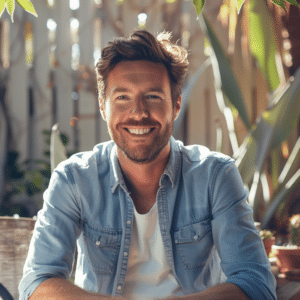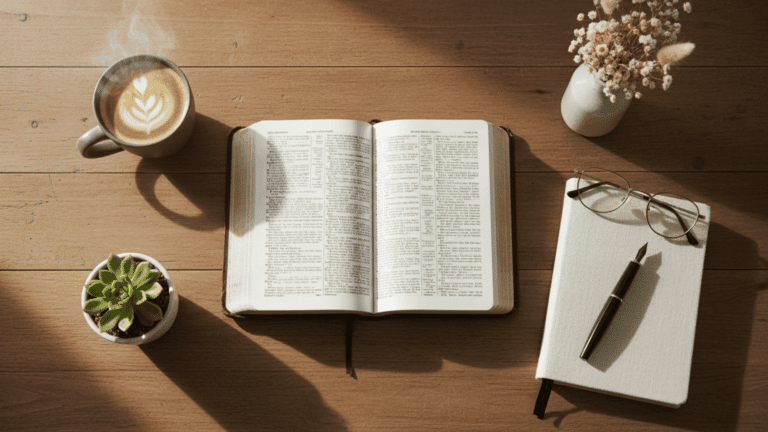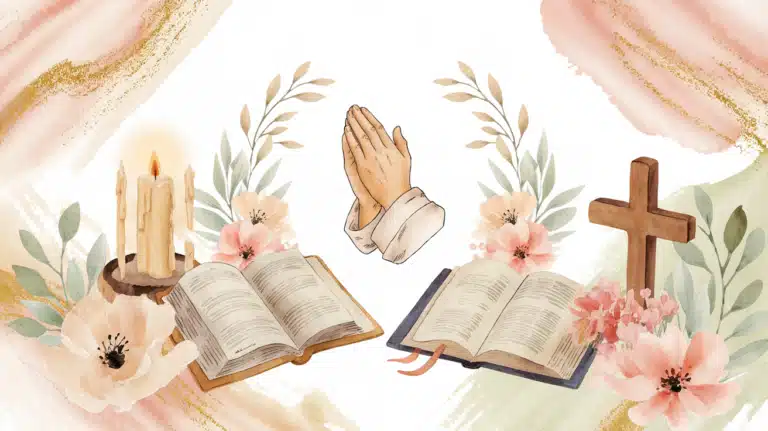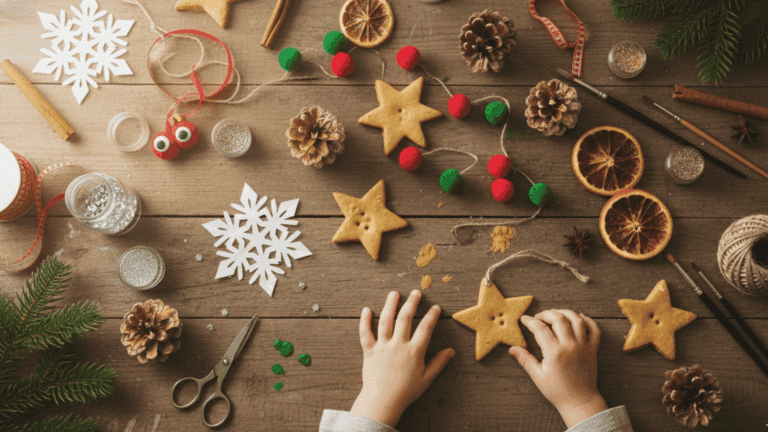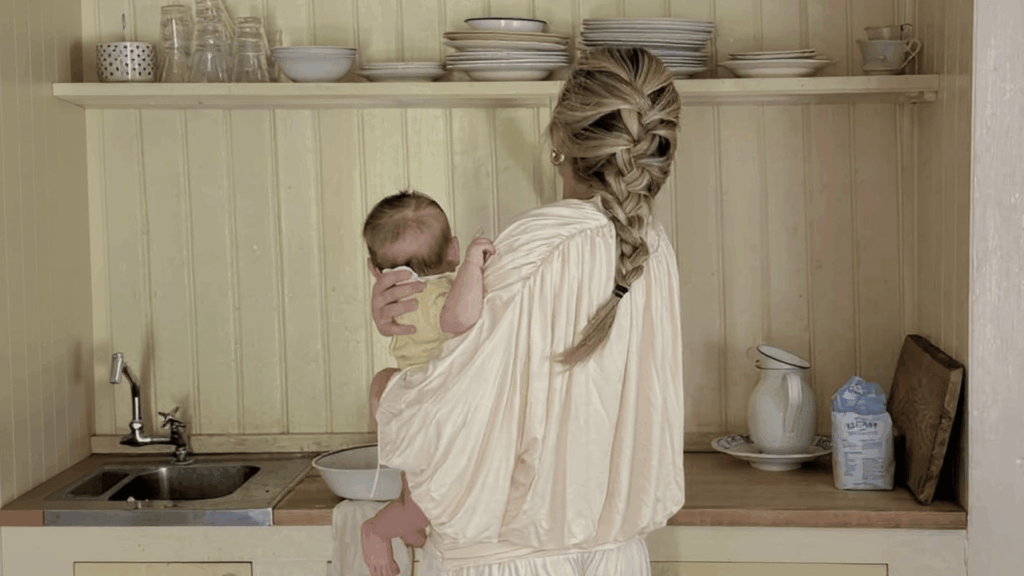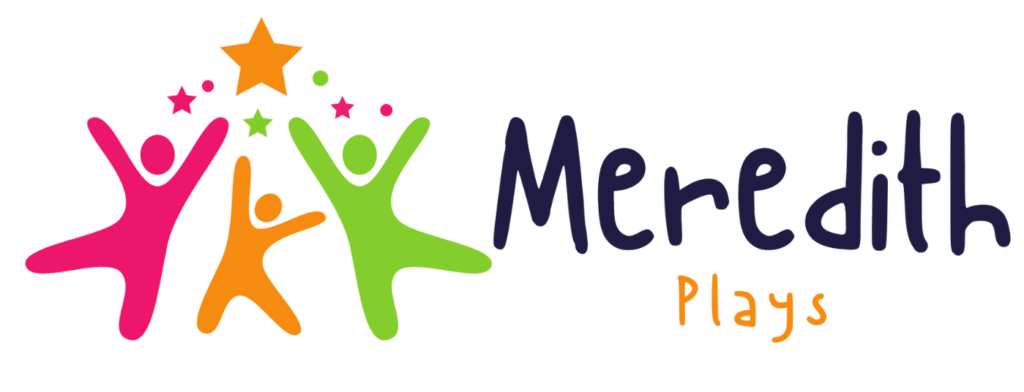Looking to spice up your fruit intake?
Research vibrant fruits that start with V! From the sweet, citrusy Valencia oranges to the unique Velvet tamarind, this list takes you on an exciting travel through lesser-known fruits.
Each one brings its own distinct flavor and health benefits, perfect for adding variety to your diet. Even if you’re looking for a new snack or a flavorful addition to your meals, these exotic fruits offer endless possibilities.
Get ready to find the nutritional perks and fun facts behind these extraordinary fruits and elevate your culinary experience!
What Fruits Start with V?
1. Valencia Orange

Description:
Valencia oranges are prized for their sweet flavor and are primarily grown for juice production.
| Nutritional Benefits | Culinary Uses | Growing Conditions |
|---|---|---|
| High in vitamin C, fiber, and antioxidants. | Perfect for juicing, fresh consumption, and in salads. | Thrives in warm climates with well-drained soil. |
Fun Facts:
- Named after Valencia, Spain, although it is widely grown in California and Florida.
- Valencia oranges have a unique feature: they can reabsorb chlorophyll while on the tree, turning green again in warm weather.
2. Velvet Pink Banana

Description:
The Velvet Pink Banana, known for its striking pink outer skin and creamy white interior, is a decorative fruit often grown for its ornamental value rather than culinary use.
| Nutritional Benefits | Culinary Uses | Growing Conditions |
|---|---|---|
| High in potassium and vitamin B6. | Typically not eaten due to its large seeds, primarily ornamental. | Prefers tropical climates with well-drained soil and partial shade. |
Fun Facts:
- The flowers and immature fruit have a blue tinge, which turns bright pink as they mature.
- The plant is also valued for its ability to attract butterflies and birds.
3. Velvet Apple

Description:
Velvet apple is a fruit with a fuzzy skin similar to a peach and a creamy, mildly sweet flesh.
| Nutritional Benefits | Culinary Uses | Growing Conditions |
|---|---|---|
| Rich in vitamin C and A, dietary fiber. | Eaten fresh or used in jams and desserts. | Grows in tropical climates, requires lots of sunlight and moist soil. |
Fun Facts:
- Also known as mabolo, it is native to the Philippines.
- The fruit’s skin can cause throat irritation if not properly prepared.
4. Victoria Plum

Description:
Victoria plum is a popular variety known for its deep red skin and sweet, juicy flesh.
| Nutritional Benefits | Culinary Uses | Growing Conditions |
|---|---|---|
| High in vitamins C and K, and dietary fiber. | Ideal for fresh eating, cooking, and making jams. | Prefers temperate climates and fertile, well-drained soil. |
Fun Facts:
- Named after Queen Victoria, it is one of the most famous English plum varieties.
- It is celebrated for its high yield and suitability for many different culinary uses.
5. Voavanga

Description:
Voavanga, also known as Spanish tamarind, is a tropical fruit with a tart flavor.
| Nutritional Benefits | Culinary Uses | Growing Conditions |
|---|---|---|
| Source of vitamins A and C, antioxidants. | Used in juices and as a flavor enhancer in dishes. | Grows in hot, dry climates; relatively drought-tolerant. |
Fun Facts:
- Native to Madagascar, it is often used locally in traditional medicine.
- The fruit is also known for its hard, woody seeds which are used in various crafts.
6. Vaccinium Myrtillus (Bilberry)

Description:
Bilberries are small, dark blue berries, closely related to blueberries but with a slightly more tart flavor.
| Nutritional Benefits | Culinary Uses | Growing Conditions |
|---|---|---|
| High in antioxidants, vitamins C and K, and dietary fiber. | Used in pies, jams, and as natural food coloring. | Prefers acidic, well-drained soils in cooler climates. |
Fun Facts:
- Bilberries are often associated with improved night vision, a claim dating back to World War II.
- Unlike cultivated blueberries, bilberries are rarely grown commercially due to their small size and difficulty in harvesting.
7. Voatsiperifery Pepper Fruit

Description:
Voatsiperifery Pepper Fruit comes from a wild pepper plant native to Madagascar. The fruit is small and round, typically dried and used as a spice.
| Nutritional Benefits | Culinary Uses | Growing Conditions |
|---|---|---|
| Contains antioxidants, iron, and magnesium. | They are a spice in culinary dishes for its unique, slightly sweet, and earthy flavor. | Grows wild in the tropical rainforests of Madagascar, often in high canopy levels. |
Fun Facts:
- Voatsiperifery is rare and not widely exported, making it a prized spice among gourmet chefs.
- The pepper is harvested by hand from tall trees that can only be reached by climbing, which adds to its rarity and cost.
8. Vernicia Fordii

Description:
Vernicia fordii, known for producing tung oil, bears small fruits that are mostly utilized for their oil-rich seeds.
| Nutritional Benefits | Culinary Uses | Growing Conditions |
|---|---|---|
| Seeds are high in polyunsaturated fats. | The oil is used in paint and varnish but not typically in cooking. | Grows in cooler subtropical climates with well-drained soil. |
Fun Facts:
- Also known as the tung tree, it is primarily valued for industrial uses of its oil.
- The tree’s blossoms are considered highly ornamental, making it a popular choice for landscaping despite its toxic fruit.
9. Vedette Apple

Description:
The Vedette apple is a sweet and crisp variety known for its bright appearance and refreshing taste.
| Nutritional Benefits | Culinary Uses | Growing Conditions |
|---|---|---|
| Rich in dietary fiber, vitamin C, and various antioxidants. | Excellent for eating fresh or in salads. | Prefers temperate climates and requires well-drained, fertile soil. |
Fun Facts:
- Vedette apples are a relatively new variety, gaining popularity for their delightful flavor and storage longevity.
- They are often highlighted in fruit displays for their vibrant, glossy finish.
10. Velvet Tamarind

Description:
Velvet tamarind is a small fruit with a velvety shell and a sweet-sour flavor, native to tropical Africa.
| Nutritional Benefits | Culinary Uses | Growing Conditions |
|---|---|---|
| Contains vitamins, calcium, and iron; high in antioxidants. | Consumed fresh, used in desserts, or as a flavor enhancer in sauces. | Thrives in tropical climates with minimal care, drought-resistant. |
Fun Facts:
- In traditional African medicine, velvet tamarind treats stomach ailments and fevers.
- The fruit’s shell peels off easily, revealing the tangy pulp, a favorite among children in Africa.
11. Valley Lemon
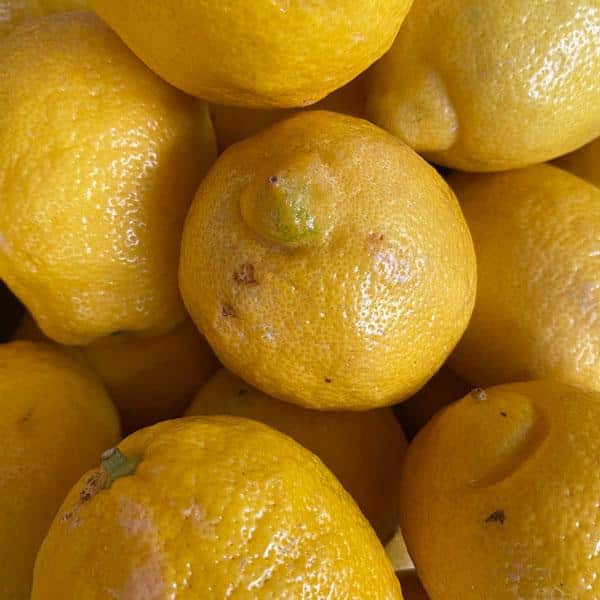
Description:
Valley lemons are known for their distinct shape and exceptionally tangy taste, making them a favorite in culinary applications.
| Nutritional Benefits | Culinary Uses | Growing Conditions |
|---|---|---|
| It is high in vitamin C, dietary fiber, and essential minerals. | Widely used in beverages, desserts, and as a culinary seasoning. | Grows best in sunny, warm climates with well-drained soil. |
Fun Facts:
- Cheers often prefer Valley lemons for their intense flavor, enhancing dishes with just a small amount.
- The shape of Valley lemons can vary significantly, which makes them visually distinct from more uniform lemon varieties.
12. Venus Grape

Description:
Venus grapes are a seedless variety known for their bold flavor and firm texture, making them ideal as table grapes.
| Nutritional Benefits | Culinary Uses | Growing Conditions |
|---|---|---|
| It provides vitamins A, C, and K and is a good source of antioxidants and fiber. | Perfect for fresh eating, salads, and a sweet dessert addition. | Requires hot, dry climates and vigorous vineyard management for optimal growth. |
Fun Facts:
- Venus grapes are named after the Roman goddess of love and beauty, reflecting their sweet taste and attractive appearance.
- They are a hybrid variety developed for flavor and ease of growth in diverse climates.
13. Vietnamese Balm Fruit

Description:
Vietnamese balm fruit is aromatic and used mainly for its fragrant leaves and subtle flavor in Southeast Asian cuisine.
| Nutritional Benefits | Culinary Uses | Growing Conditions |
|---|---|---|
| Rich in essential oils and micronutrients. | Used to flavor soups, salads, and meat dishes. | Grows best in tropical climates with lots of moisture and partial shade. |
Fun Facts:
- The fruit is part of the mint family. It is known for its strong aroma and is used medicinally in local practices.
- It is not typically eaten but is cherished for the distinctive flavor it imparts to dishes.
14. Village Belle Mango

Description:
Village Belle mango is a lesser-known variety that offers a rich, sweet flavor with a fibrous texture, favored in culinary applications.
| Nutritional Benefits | Culinary Uses | Growing Conditions |
|---|---|---|
| It is high in vitamins A and C, fiber, and contains powerful antioxidants. | It is ideal for juices, chutneys, and desserts. | Requires tropical to subtropical climates, ample sunlight, and well-drained soil. |
Fun Facts:
- This variety is often found in smaller villages and rural areas, hence the name “Village Belle.”
- Village Belle mangoes are particularly valued for their deep, sweet flavor that intensifies with ripening.
15. Vosges Berry

Description:
The Vosges berry, found in France’s Vosges mountains, is a rare and flavorful berry known for its vibrant color and sweet taste.
| Nutritional Benefits | Culinary Uses | Growing Conditions |
|---|---|---|
| Contains high levels of antioxidants, vitamins C and K. | It used in gourmet dishes, preserves, and desserts. | Grows in cooler mountainous climates, often wild-harvested. |
Fun Facts:
- Vosges berries are often used in high-end culinary preparations and are prized for their unique flavor profile.
- The rarity of these berries makes them a sought-after ingredient in gourmet cooking, often featured in specialty dishes during their season.
Summing Up
This extensive list of fruits starting with “V” serves as a valuable resource for educators, scientists, and culinary experts.
For educators, it provides a fun and engaging way to teach botany and nutrition using unique and lesser-known fruits.
Scientists can probe the diverse health benefits and properties of these fruits, thereby advancing research in food science and health.
Culinary professionals can explore new flavors and ingredients to inspire innovative recipes.
This list promotes education, scientific discovery, and culinary creativity, making it an essential tool for professionals in various fields, improving their knowledge and expertise.



